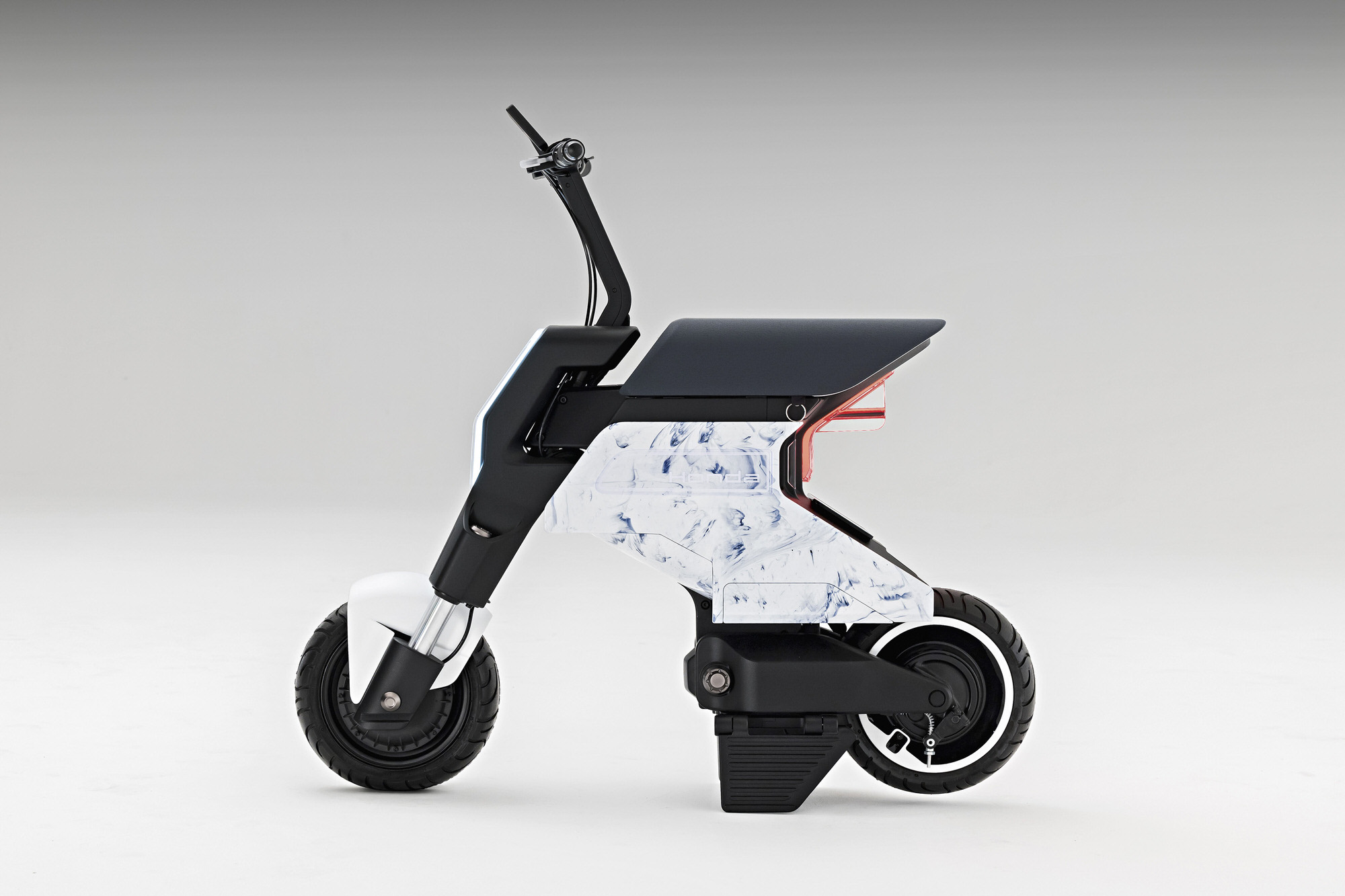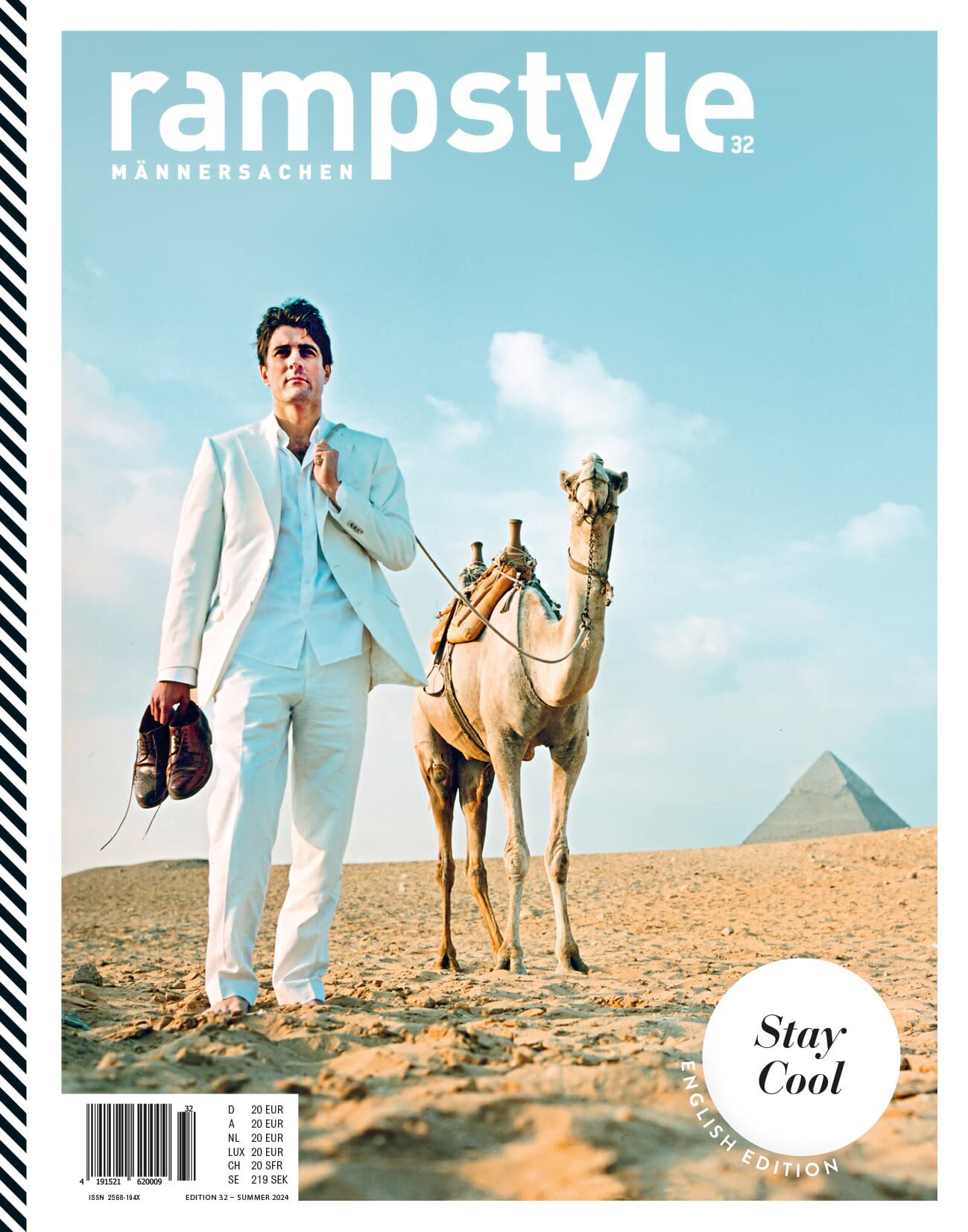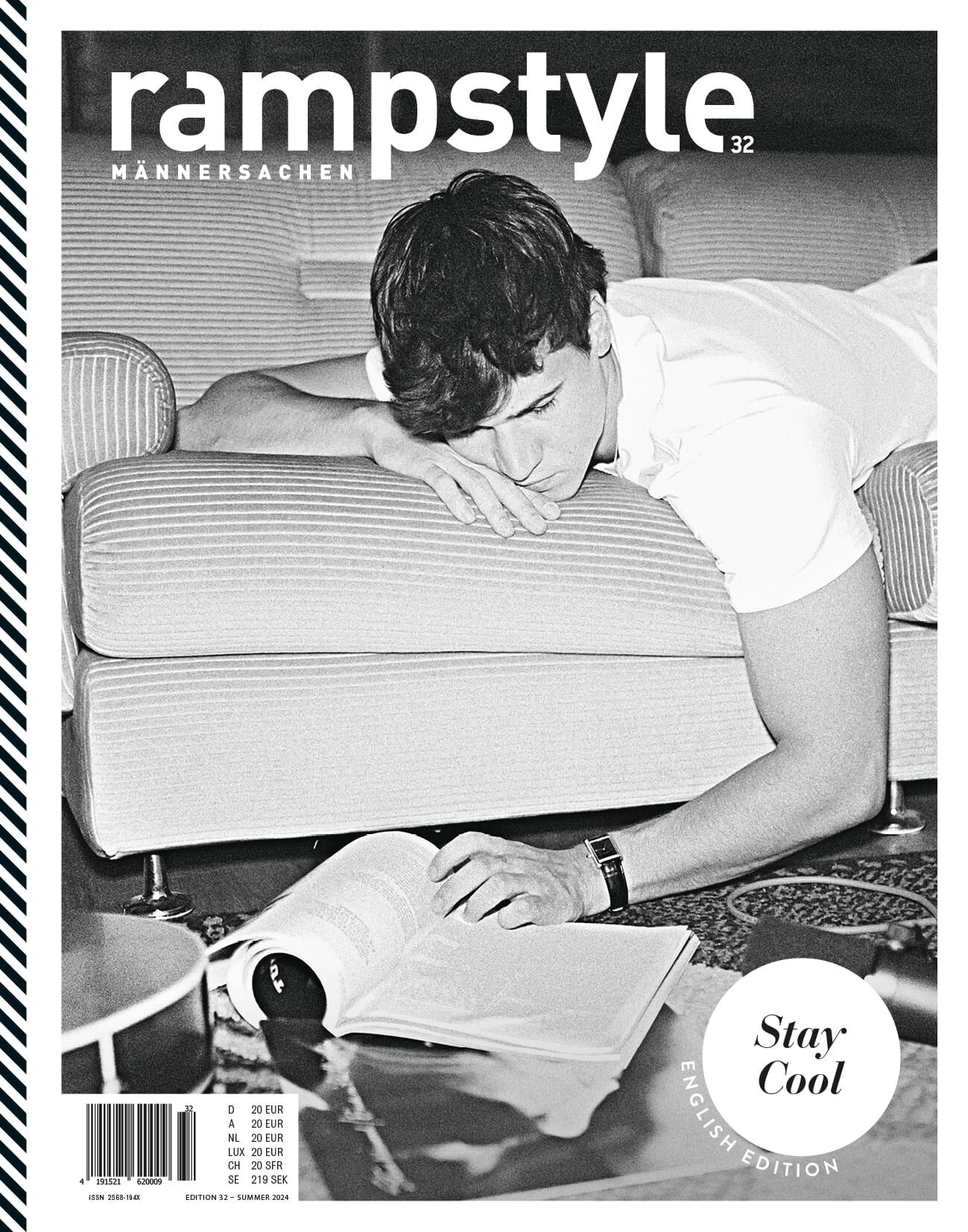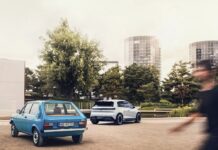Originally, design didn’t have to do anything – the technology defined the product. But at some point, design was supposed to make the difference. And today, design should even make for a better future.
What that future could look like? Honda has an idea.
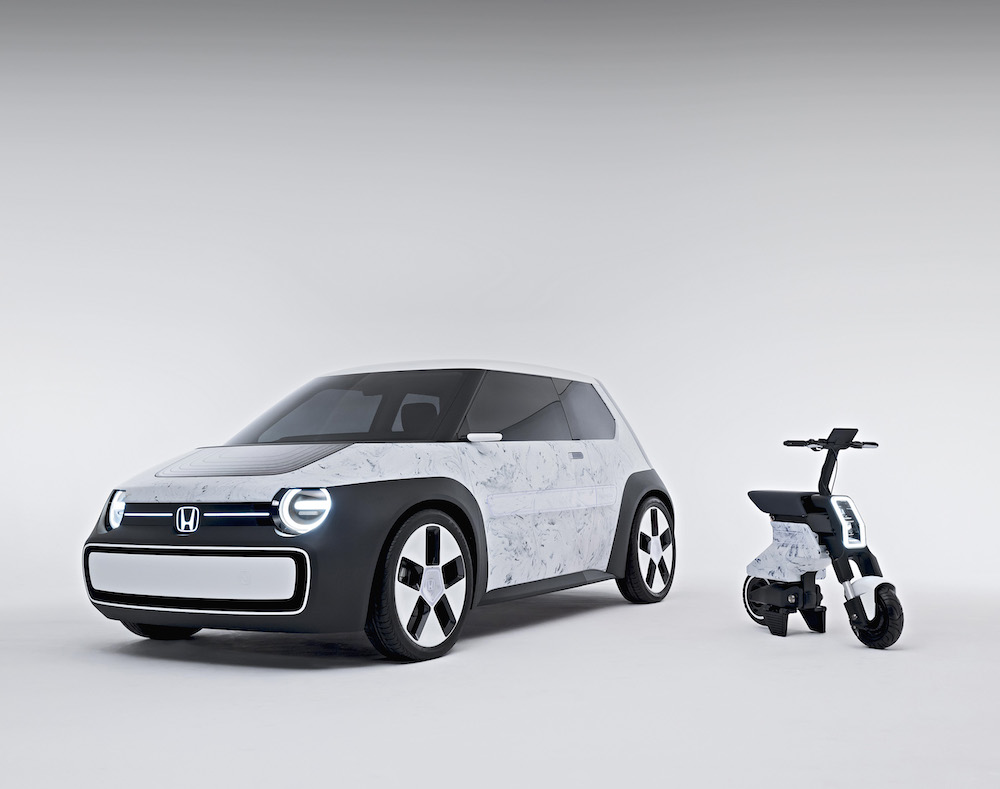
Where there’s technology, there’s design. Some people say. Others say that where there’s design, there must be technology. Otherwise it would be art. For adherents of the form-follows-function paradigm, there’s already a kind of raw design in every technology. Designers cultivate this raw design for the product. They like to talk about “translating” – or about reducing complexity (think: user experience). Today, the design departments at many large companies have taken over responsibility for the entire brand perception. Because communication is also design. And design is communication. Consumer research first formulated this connection back in the 1970s. In his 1971 work Critique of Commodity Aesthetic, consumer researcher Wolfgang Fritz Haug clearly formulates that those who control the appearance of a commodity control the people fascinated by the commodity’s appearance through the senses. Time to add a new chapter to this research. Our working title: “Sustainability and Aesthetics”.

Thirty-two-year-old Kento Ishii has only been with Honda for four years, but he’s already design project leader for the SUSTAINA-C Concept, which Honda presented as a European premiere at Milan Design Week together with two other examples of sustainable mobility design. “There are so many ways in which we can start to make a difference in the way we manufacture vehicles. And none of this needs to come at the expense of how our products look,” says Ishii. You quickly realize he’s not interested in joining the game of celebrity design, punditry and loudmouthed bluster. He explains his ideas and approaches with typically Japanese politeness. “Sustainability has to be fun. No society will follow a dictate for sustainable living that comes from above. This makes the task all the more complex.” There it is again: reducing complexity . . . you know.

The panels of the SUSTAINA-C Concept are manufactured using recycled acrylic resin sourced from second-hand taillights and don’t need to be painted. This creates a unique finish that would not be possible with traditional materials. Translated into numbers, that means forty-five percent fewer emissions, partly by leaving the panels unpainted, which can account for as much as eighty percent of an automobile manufacturer’s CO2 emissions. “The marble effect is achieved by mixing colors with different melting points,” says Ishii, who demonstrates an almost childlike enthusiasm for the subject. “Every vehicle is different, like a fingerprint. We create a degree of individualization that wasn’t possible before.” Identification through differentiation. A topic that consumer researchers are well familiar with.

Besides their eye-catching appearance, the vehicle panels are not only crack-resistant and can be restored to their original shape following minor collisions, they are also more resistant to the effects of weather and sunlight. The choice of acrylic resin demonstrates a possible approach for future resource circulation. In a process developed in partnership with Mitsubishi Chemical, the second-hand taillights sourced from end-of-life vehicles are crushed and treated before being molded into the required components for the SUSTAINA-C Concept. This is one way in which Honda is looking to reduce resource consumption. “We are currently generating an incredible amount of new knowledge at an incredible pace. This makes it all the more important for me and my team to be able to assess this knowledge correctly and to learn how and in what form we can utilize it.” Ishii cites the tailgate of the SUSTAINA-C Concept as an example. The excellent -transparency of the acrylic resin has made it possible to form the tailgate from a single panel that acts like a smartphone screen. The mini-LED display can be used to communicate with other road users via text and images. “This offers a potential new dimension for the exterior design of future vehicles.” And for advertising? The answer is still outstanding.
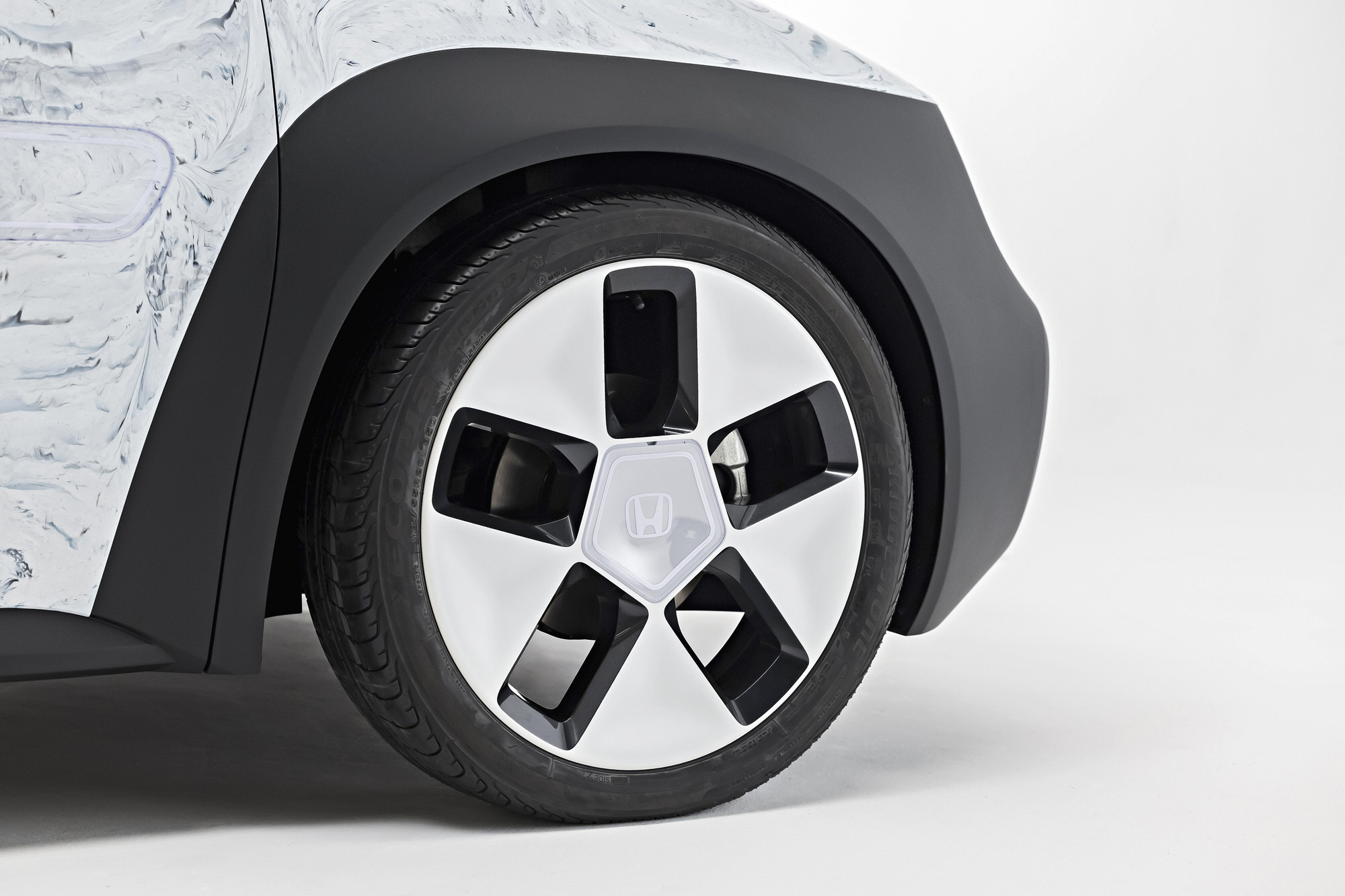
First attempts to apply this technology in practice are already underway, though not yet in cars. Ishii refers to the “Vetro” version of the popular SH125i city scooter produced at Honda Italia Industriale. The “Vetro” (Italian for glass) is a special edition model with unique semi-transparent and unpainted fairing panels. The emissions generated during production of these panels are up to 9.5 percent lower compared to the standard manufacturing processes. Developed jointly with Honda Motor in Japan, the material replaces the ABS plastic traditionally used for non-structural parts, creating a unique and uniform body style. Looks, practicality and efficiency are what count.
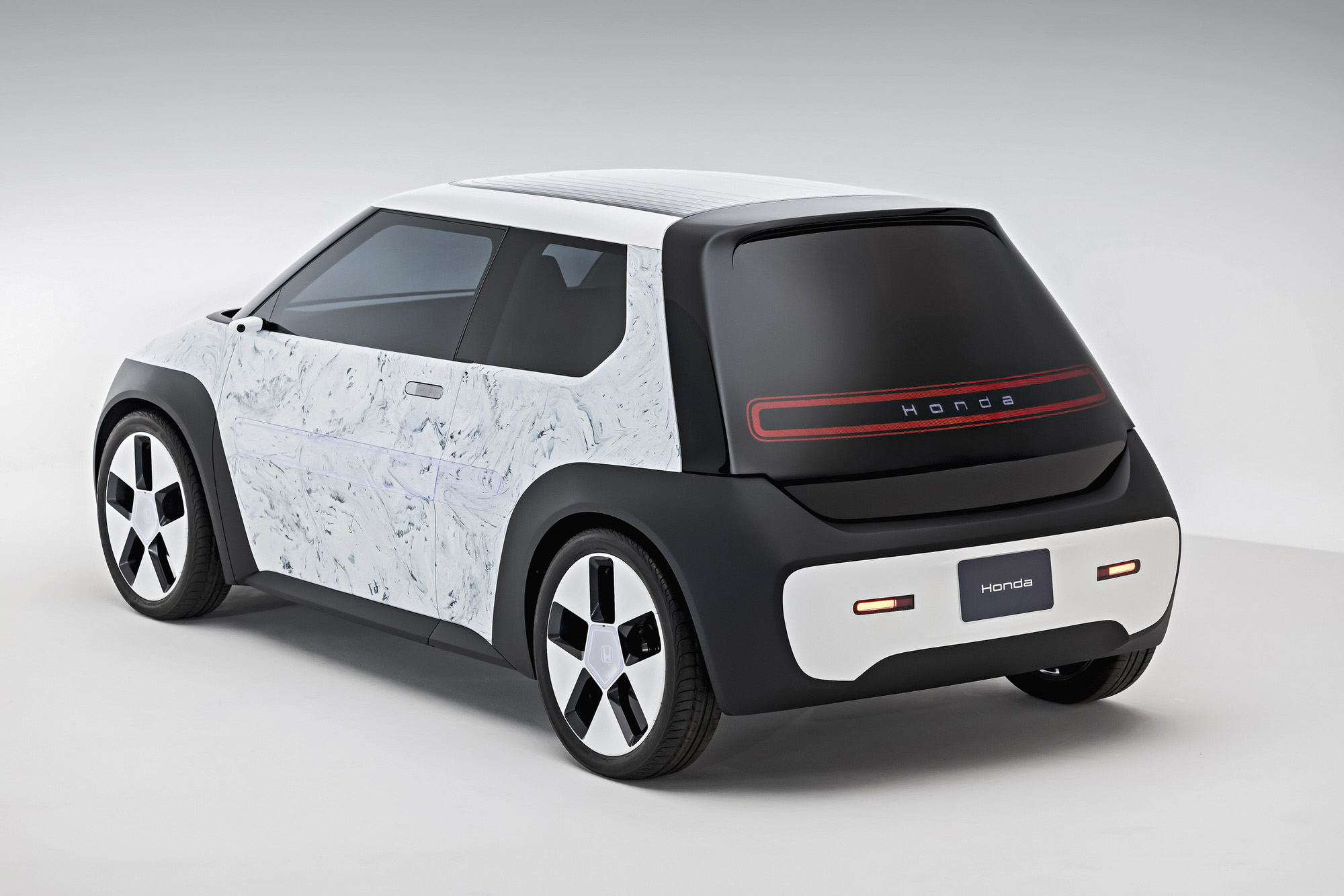
The SH125i is the first Honda model built at the Atessa plant to meet the new EURO5+ emissions targets required by law for all new models by the end of 2024. The name behind it all is “Triple Action to Zero”, a Honda initiative that covers the trio of carbon neutrality, clean energy and resource circulation. That is sure to get people interested. And not just the scientific community.
Text: Matthias Mederer
Photos: Manuel Portugal für Honda
rampstyle #32 Stay Cool
A professional survival tip for beginners: If you become lost and a search is initiated for you: Stay put. This may sound simple, but it is not. In stressful situations, our brain releases a substantial amount of norepinephrine into the relevant receptors, which unfortunately significantly impairs cognitive function. Find out more


